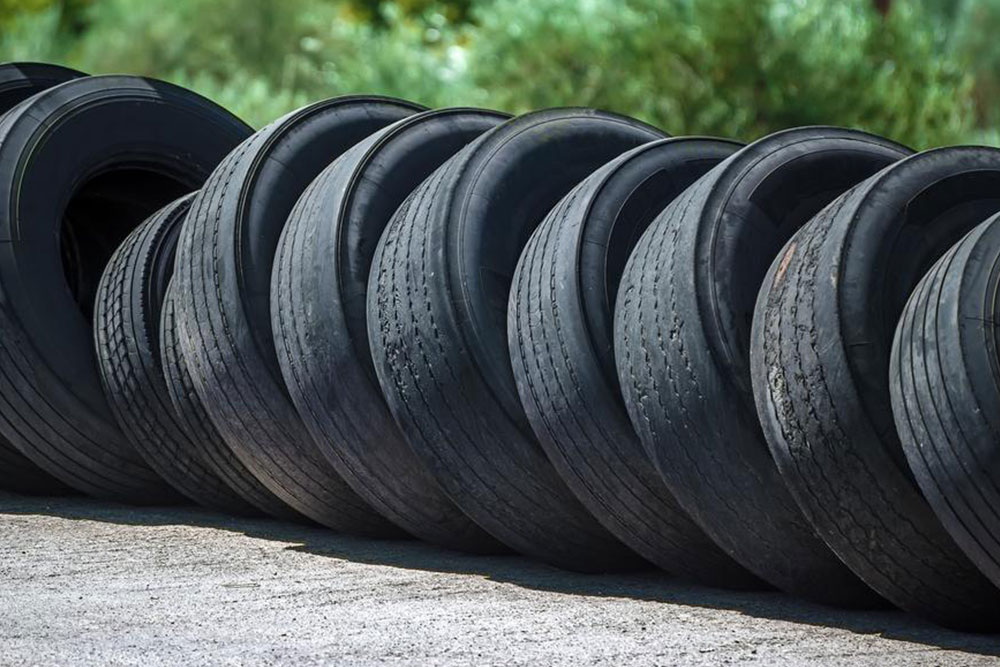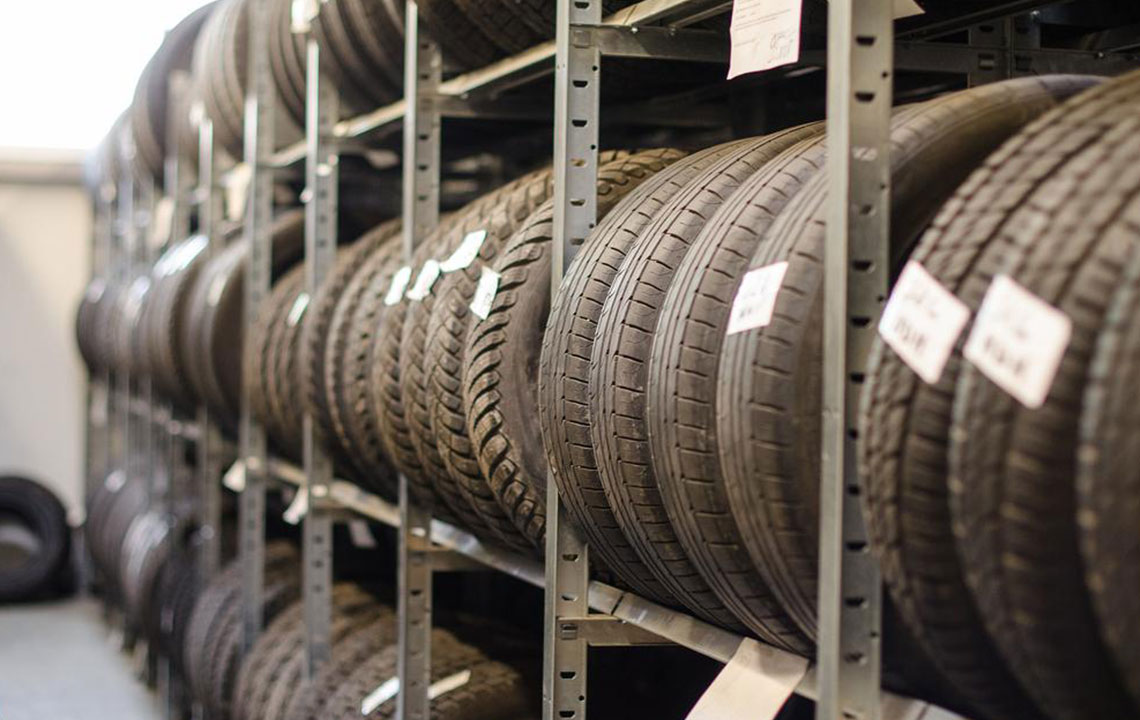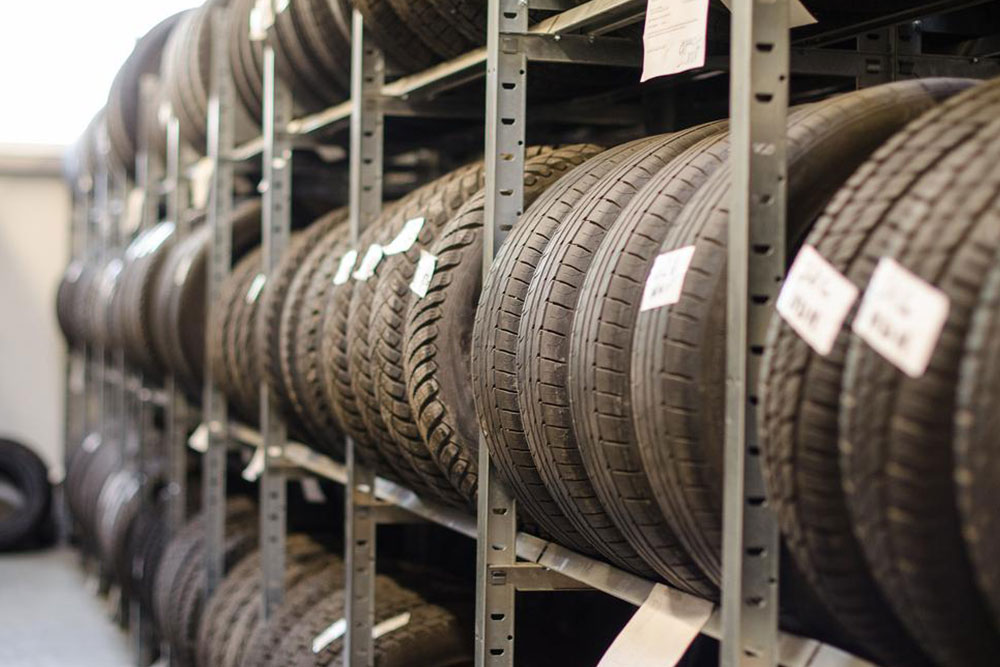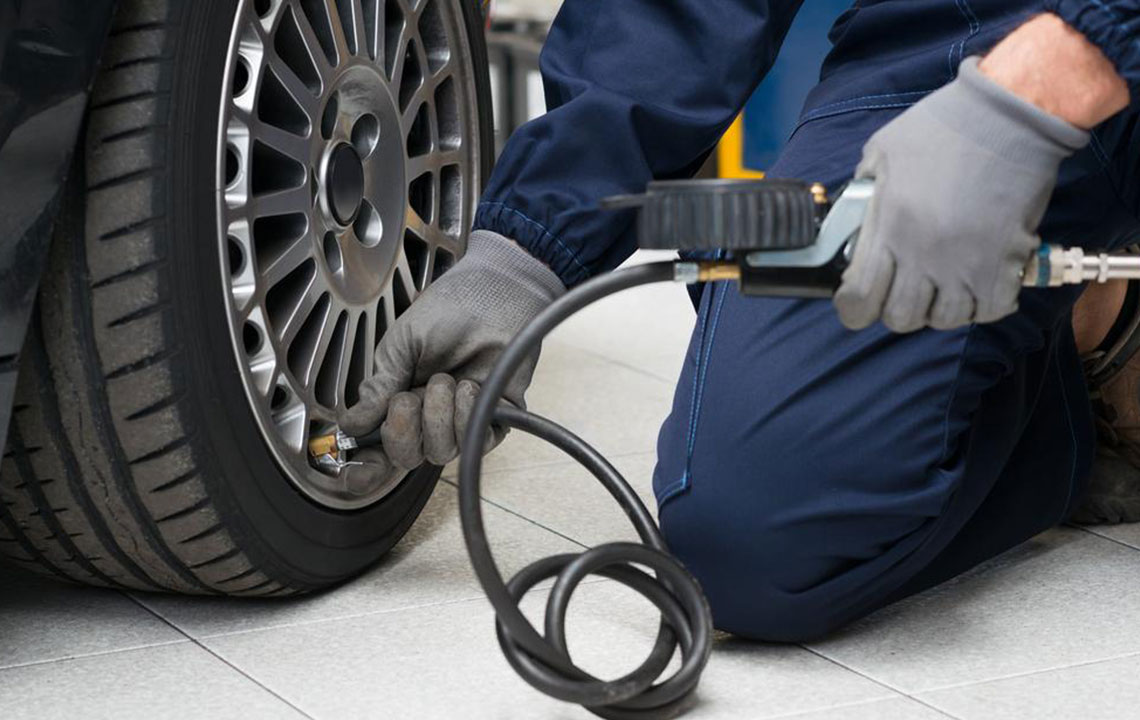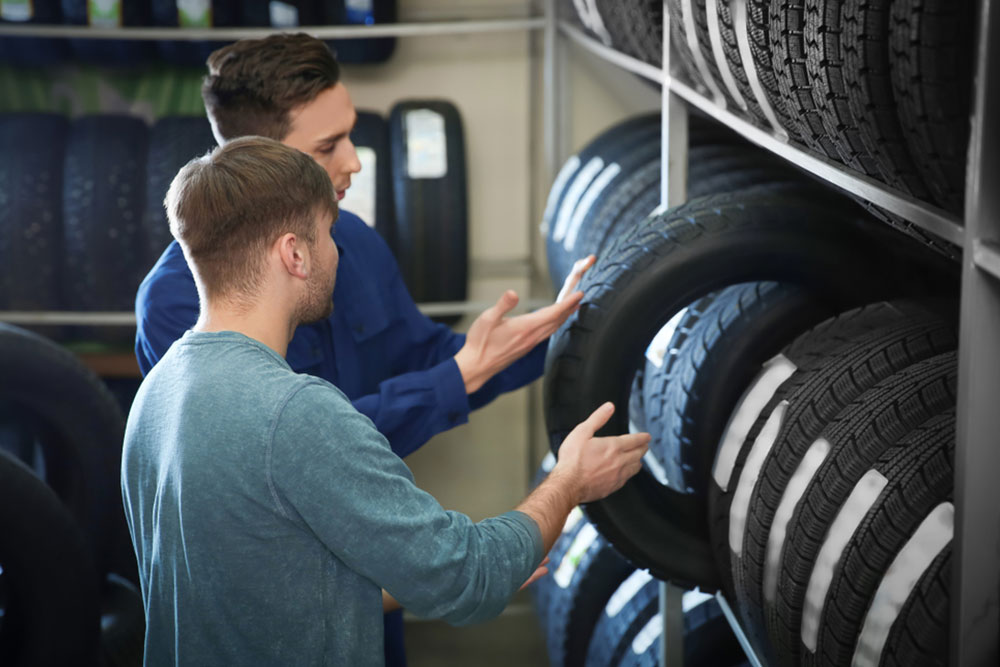Cutting-Edge Advances in Modern Tire Technology: A Comprehensive Overview
This comprehensive article explores the rich history and latest innovations in modern tire technology. Covering the evolution from early pneumatic tires through steel belted radials to smart and eco-friendly tires, it offers insights into how these advancements enhance safety, performance, and sustainability. Discover the key milestones, recent breakthroughs, and future trends shaping the tire industry, providing valuable knowledge for automotive enthusiasts and industry professionals alike.

Cutting-Edge Advances in Modern Tire Technology: A Comprehensive Overview
The development of modern tires has a rich history that spans over a century, characterized by continuous innovation aimed at improving safety, performance, and durability. From the pioneering efforts of French inventors André and Édouard Michelin to today's advanced tire designs, the journey reflects remarkable technological progress. These innovations not only enhance driving experience but also significantly contribute to vehicle efficiency and safety standards worldwide. Understanding the evolution of tire technology offers insights into how modern advancements ensure reliable, efficient, and safer transportation.
The origins of pneumatic tires, which rely on pressurized air to cushion the ride, date back to the late 19th century when French pioneers André and Édouard Michelin introduced their first designs. Their innovations gained recognition during the 1895 Paris–Bordeaux race, which captured public and industry attention. Michelin's early tires featured a core of pressurized air encased within a fabric and rubber outer shell, setting the foundation for future developments. Since then, tire technology has undergone several transformative phases, each building upon previous innovations to achieve higher levels of performance and safety.
In the initial phase, bias-ply tires dominated the market. These tires incorporated diagonally layered fabric cords, which provided flexibility and a relatively smooth ride. While reliable, bias-ply tires had limitations in terms of durability and load-bearing capacity. The leap forward arrived in 1948 with Michelin’s introduction of steel belted radial tires. These tires revolutionized the industry by using steel cords arranged radially within the rubber, resulting in enhanced stability, tread life, and fuel efficiency. The radial tire's design improved heat dissipation and reduced rolling resistance, contributing significantly to better mileage and safer handling.
Further advancements emerged with the integration of synthetic cords, such as nylon, polyester, and aramid fibers, in the construction of radial tires. These materials increased strength and elasticity, leading to even more durable and high-performing tires. The development of tubeless technology by BFGoodrich in 1955 marked another milestone, eliminating the need for inner tubes, reducing weight, and minimizing the risk of blowouts. Tubeless tires also made it easier for drivers to maintain proper inflation levels, further enhancing safety and fuel economy.
Throughout the subsequent decades, tire manufacturers continued to innovate, focusing on safety, comfort, and environmental concerns. The 1970s saw the rise of high-performance low-profile radial tires, popularized in sports cars and luxury vehicles. These tires offered improved handling and aesthetic appeal but required advanced engineering to balance performance with longevity. Modern technologies such as silica-based tread compounds increased traction in wet conditions, while cold-running tire designs and vibration reduction systems enhanced overall ride comfort.
In recent years, the focus has shifted towards sustainability and smart tire technology. Eco-friendly materials, such as sustainable rubber and recycled components, are being integrated into manufacturing processes to reduce environmental impact. Additionally, sensors embedded within tires can monitor pressure, temperature, and tread wear in real-time, transmitting data to drivers and fleet managers to optimize maintenance and safety. The advent of run-flat tires, which allow continued driving after a puncture, has further improved safety standards.
Looking ahead, tire technology continues to evolve with innovations like airless tires, leveraging novel materials that eliminate the need for inflation altogether. Researchers are exploring nanotechnology to develop stronger, lighter tires that offer superior performance and environmental benefits. Developments in autonomous vehicle technology also demand smarter tire designs that can adapt to varying road and environmental conditions, ensuring optimal grip and safety in all scenarios.
In conclusion, the history of tire technology is a testament to human ingenuity and persistent innovation. From basic pneumatic designs to advanced, sensor-equipped, eco-friendly tires, each breakthrough has contributed to making vehicles safer, more efficient, and more environmentally conscious. As research continues and new materials are discovered, the future of tire technology looks promising, promising even greater safety, durability, and sustainability for drivers worldwide.

